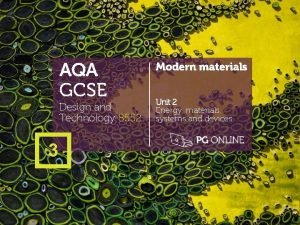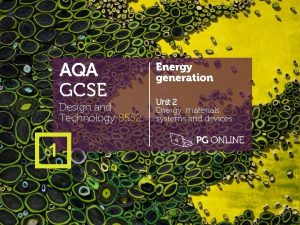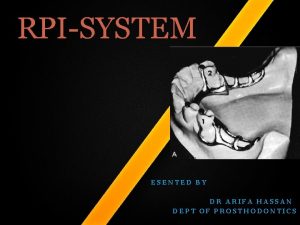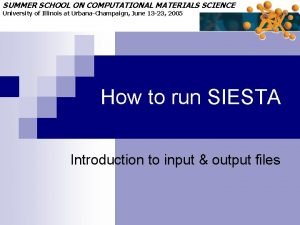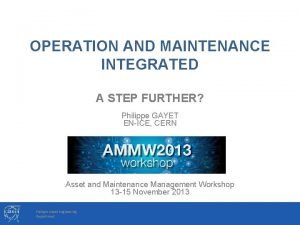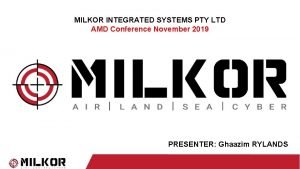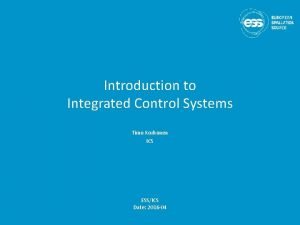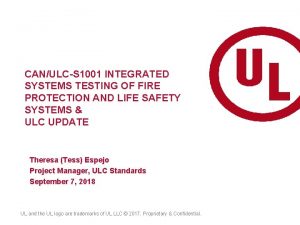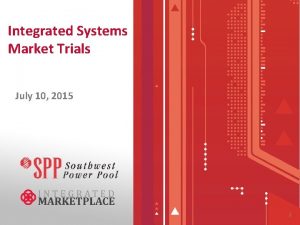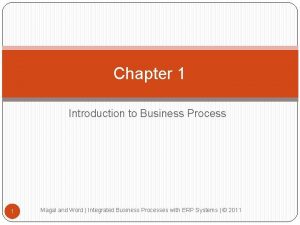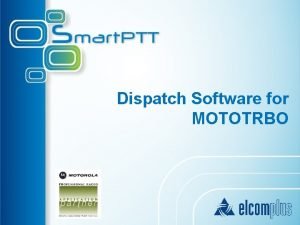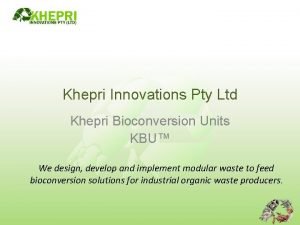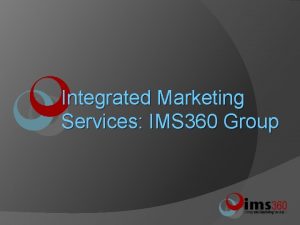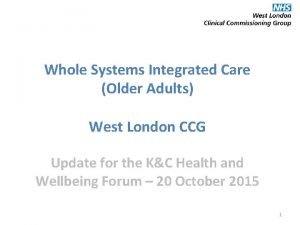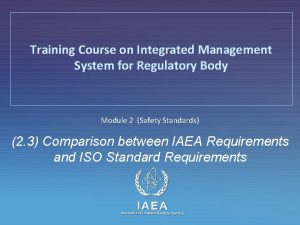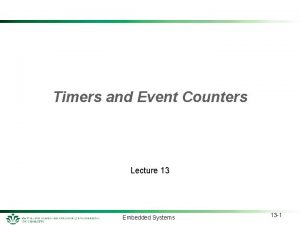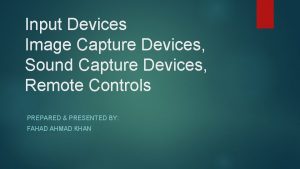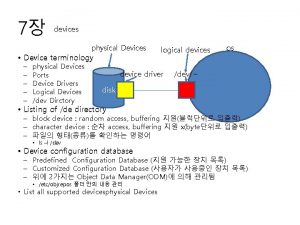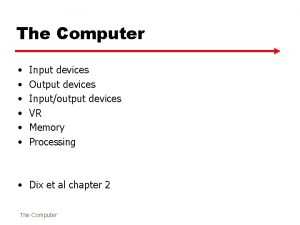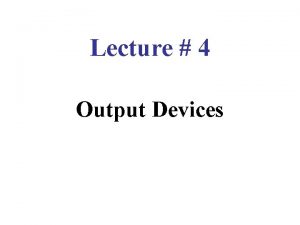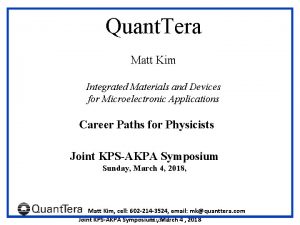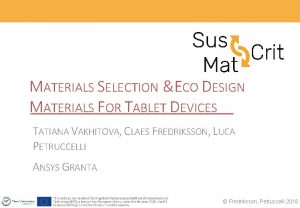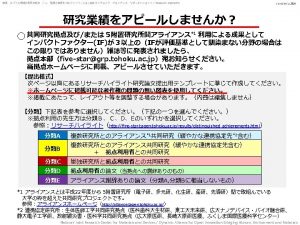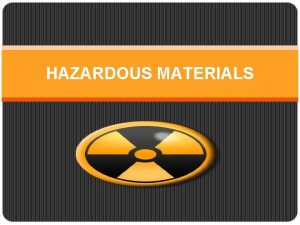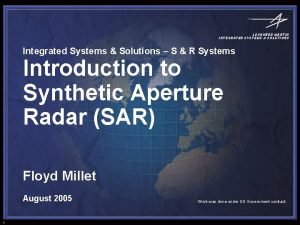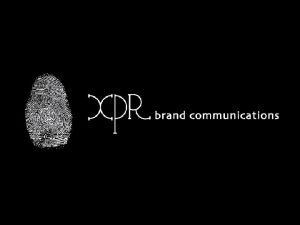RPI Center for Materials Devices and Integrated Systems








































- Slides: 40

RPI Center for Materials, Devices, and Integrated Systems Clean Room Orientation and Safety Bryant Colwill

RPI Center for Materials, Devices, and Integrated Systems Facility Micro- and Nano. Fabrication Clean Room or “MNCR” Technical Staff Bryant Colwill General Mana Xiaohong An (Sarah) Process Engin David Frey Applications Engin John Barthel Equipment Engin Kent Way Equipment Engin

NY State “Right to Know” Law

Primary Safety Concerns • Chemicals • Acids and Bases • Oxidizers • Solvents • Hazardous Gases • Toxic • Corrosive • Flammable

MNCR Floor Plan Enter RPI Acid Eye Public /through Nine Base Washes MNCR Safety Processing Garment / Showers Exits 276 -6611 Room Area

Emergency Machine Off

Clean Room Air Circulation • Class 100 • Less than 100 particles per cubic foot • HEPA Filtration • High Efficiency Particle Arrestance • Laminar Flow • Work at arms length for particle sensitive work.

MNCR Alarms • Fire Alarm (smoke detectors, pull stations) • Chemical Spill Alarm (eye wash or shower in use) • Exhaust Failure Alarm • Hazardous Gas Alarm • General Evacuation Alarm

Alarm Response • Leave the MNCR immediately, using the closest exit • Do not take time to remove your clean room garments until you are in a safe location • Make sure that the staff knows that you got out safely

Alarm Response ONE EXCEPTION: If someone is injured and there is no immediate danger to you, you may wish to assist them.

Clean Room Protocol No winter boots, even in the garment room No high heels or sandals in the MNCR

Clean Room Protocol Shorts and skirts are not allowed for safety and cleanliness reasons

Clean Room Protocol Cardboard boxes and pencils generate many particles

Clean Room Protocol Contact lenses could worsen a chemical splash injury and are not allowed Notebooks and paper are permitted, but paper must not be ripped in the MNCR Note: Additional precautions are implemented for pregnant women

Clean Room Protocol • Labeling • Name and date, at least • Housekeeping • Leave the work space clean even if you didn’t inherit it that way. • Incident Reporting • If you break something let us know.

MNCR Safety Training Chemical Safety

Safety Data Sheet

Personal Protective Equipment Face Shield Rubber Apron Chemical-Resistant Gloves

Hazards of HF (and BOE) • A puddle of HF looks innocent – like a puddle of water • HF can penetrate unbroken skin • Exposure to HF may not cause pain until several hours later • Exposure to HF can be fatal

First Aid for HF Exposure Calcium Gluconate 1. Remove affected clothing and rinse exposed area. 2. Apply gel with gloved hand. 3. Rinse and repeat until aided by emergency personnel. *Do not apply calcium gluconate directly to eye.

Chemical Accidents • If a large chemical spill occurs, evacuate the lab. • “Large” spill would equate to >1 L of concentrated material. • Smaller spills can be remedied by MNCR staff. • If you think you may have been exposed to a chemical … 1. Remove any wet clothing. 2. Rinse the affected area under an eye wash or shower for at least 15 minutes or until aided by emergency personnel.

Solvents Safety • Most poignant risk is flammability and explosion. • • No open flame allowed in MNCR. Segregate ignition sources and flammables. Fire and Explosions Barton Solvents Inc. , 2007

Liquid Nitrogen (LN 2) • Cryogenic liquid (-196◦C) Can cause severe frostbite and eye damage Can shatter containers and other objects • Expands 700 x as it boils off as N 2 gas Can displace oxygen in enclosed spaces Can cause asphyxiation • Bulk LN 2 tank has 6, 000 gallon capacity

Hazardous Waste Disposal • Three critical waste streams in the MNCR • HF • All other acids and bases • Solvents

HF Aspirator • Solutions containing HF are aspirated into a holding tank HF Waste Tank

Hazardous Waste Disposal • In the MNCR, all other acid/base solutions are flushed down the drain. • Sink drains, rinse tanks and/or assigned aspirators are OK. • All sources above feed sub-fab neutralization system. • Empty acid/base bottles get rinsed and labeled, but are still considered hazardous waste “ 3 x” User’s Initials

Solvent Disposal • All solvents, and solvent waste, are collected in bottles. • All stock solvents in MNCR can be co-mingled. • Empty solvent bottles are capped, labeled and set aside Bottle Cap Hazardous Waste Label

Hazardous Waste Disposal • Items contaminated with solvents are placed in a special disposal bin – never thrown in the regular trash • Treat broken wafers like broken glass • When in doubt, ask the staff or call Public Safety

MNCR Safety Training Compressed Gas Safety

Compressed Gas Safety Regulator Gas Cylinder

Non-Hazardous Gases Wall-Mounted Regulator Safety Strap

Gas Cylinder Cart

Compressed Gas Safety Hazardous gases used in the MNCR: Chlorine 2% Silane Ammonia Methane BCl 3 NF 3 Hydrogen Ethylene

Tools Containing Hazardous Gases Plasma Etch Plasma Deposition Oxidation Furnace

Hazardous Gas Safety Measures • Gas storage room Secure Class I Div 2 (explosion resistant) • Semi-automatic gas cabinets

Semi-Automatic Gas Cabinet

Hazardous Gas Safety Measures • Gas storage room Secure Class II Div 1 (explosion-proof) • Semi-automatic gas cabinets • Exhaust monitoring • Coaxial tubing Welded, professionally installed Pressurized jacket (monitored) • Gas sensors and alarms

MNCR Safety Training Electrical and Mechanical Safety

Electrical & Mechanical Safety • Equipment contains high voltage and dangerous moving parts • Never remove cover panels or protective guards from equipment • Never reach under, behind or inside equipment Use common sense!

RPI Safety Office Who’s Responsible? Office of Environmental EVERYONE Health and Safety (EHS) is responsible for Chism, lab safety! Annette Director Be AWARE of your surroundings and of what you’re doing!
 Unit 2 energy materials systems and devices
Unit 2 energy materials systems and devices Unit 2 energy, materials, systems and devices answers
Unit 2 energy, materials, systems and devices answers Rpi clasp design
Rpi clasp design Cant stop the feeling trolls go noodle
Cant stop the feeling trolls go noodle Classification of household materials
Classification of household materials Natural man made
Natural man made Adapting and adopting materials
Adapting and adopting materials Integrated computational materials engineering
Integrated computational materials engineering Integrated computational materials engineering
Integrated computational materials engineering Direct materials budget with multiple materials
Direct materials budget with multiple materials Integrated control center
Integrated control center Tramlink extension
Tramlink extension Milkor integrated systems
Milkor integrated systems Integrated control and safety system
Integrated control and safety system Opacdr
Opacdr Integrated systems testing
Integrated systems testing Adams integrated systems
Adams integrated systems Integrated systems market
Integrated systems market Introduction to business process
Introduction to business process Integrated dispatch systems
Integrated dispatch systems Biov online kepri
Biov online kepri Ims360
Ims360 Institute for software integrated systems
Institute for software integrated systems St charles integrated care centre
St charles integrated care centre Gsr part 2
Gsr part 2 What is a literary device in a poem
What is a literary device in a poem What is input and output devices
What is input and output devices Center for devices and radiological health
Center for devices and radiological health Software timer in embedded system
Software timer in embedded system Kontinuitetshantering
Kontinuitetshantering Novell typiska drag
Novell typiska drag Nationell inriktning för artificiell intelligens
Nationell inriktning för artificiell intelligens Ekologiskt fotavtryck
Ekologiskt fotavtryck Varför kallas perioden 1918-1939 för mellankrigstiden
Varför kallas perioden 1918-1939 för mellankrigstiden En lathund för arbete med kontinuitetshantering
En lathund för arbete med kontinuitetshantering Personalliggare bygg undantag
Personalliggare bygg undantag Tidböcker
Tidböcker Sura för anatom
Sura för anatom Förklara densitet för barn
Förklara densitet för barn Datorkunskap för nybörjare
Datorkunskap för nybörjare Tack för att ni lyssnade bild
Tack för att ni lyssnade bild
